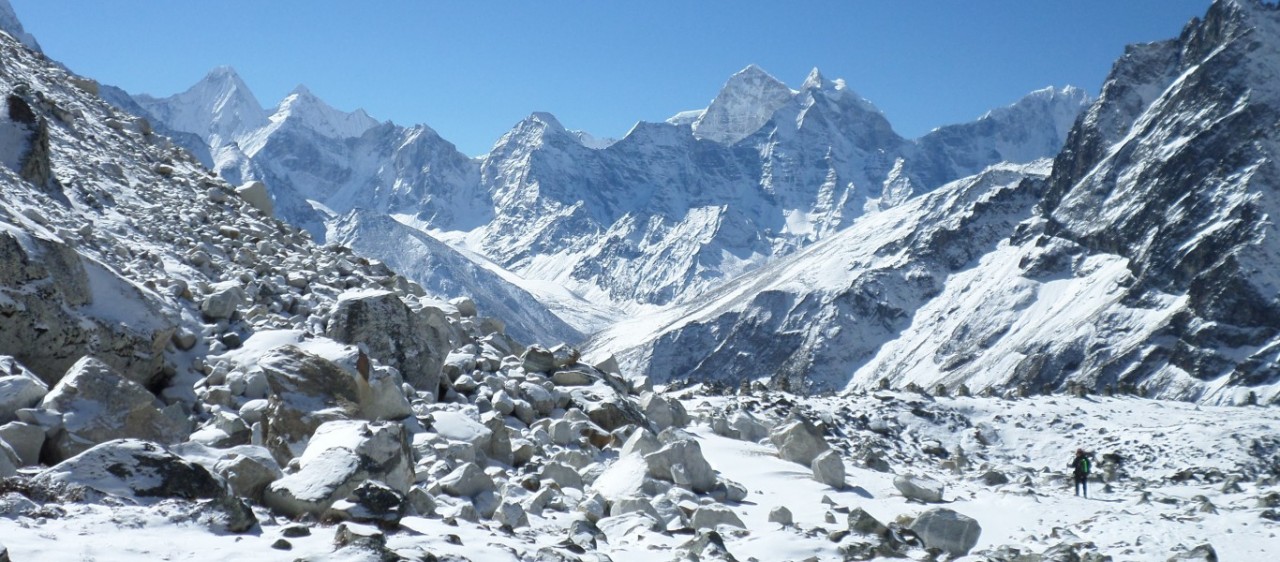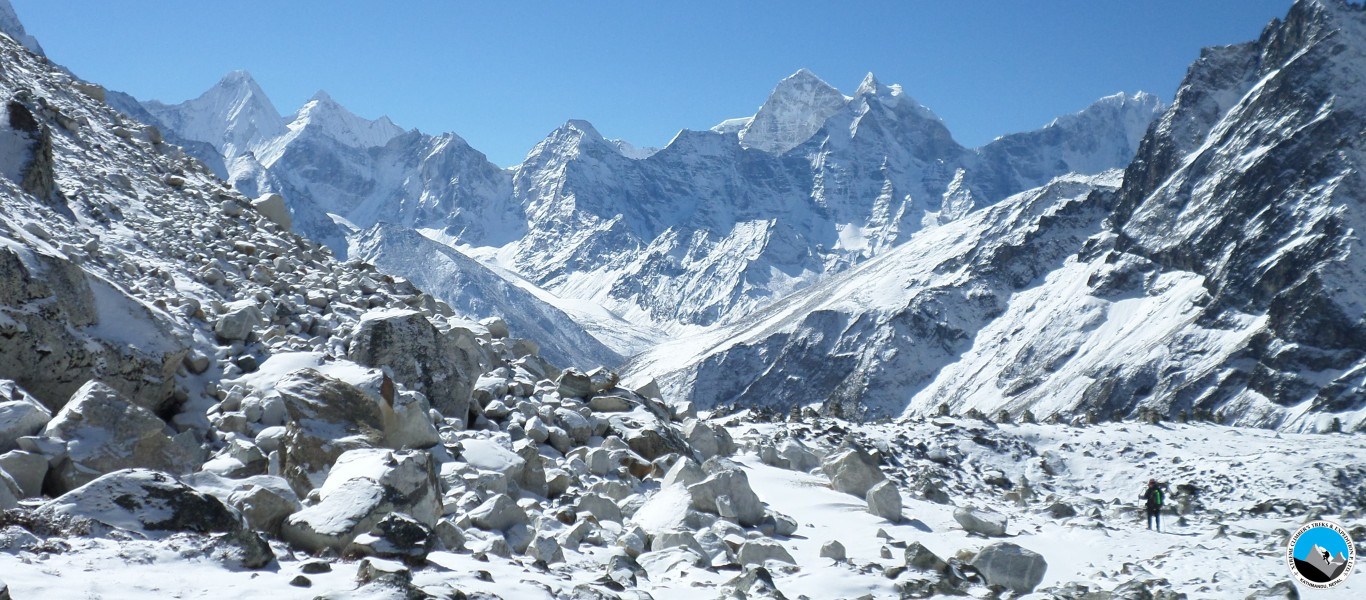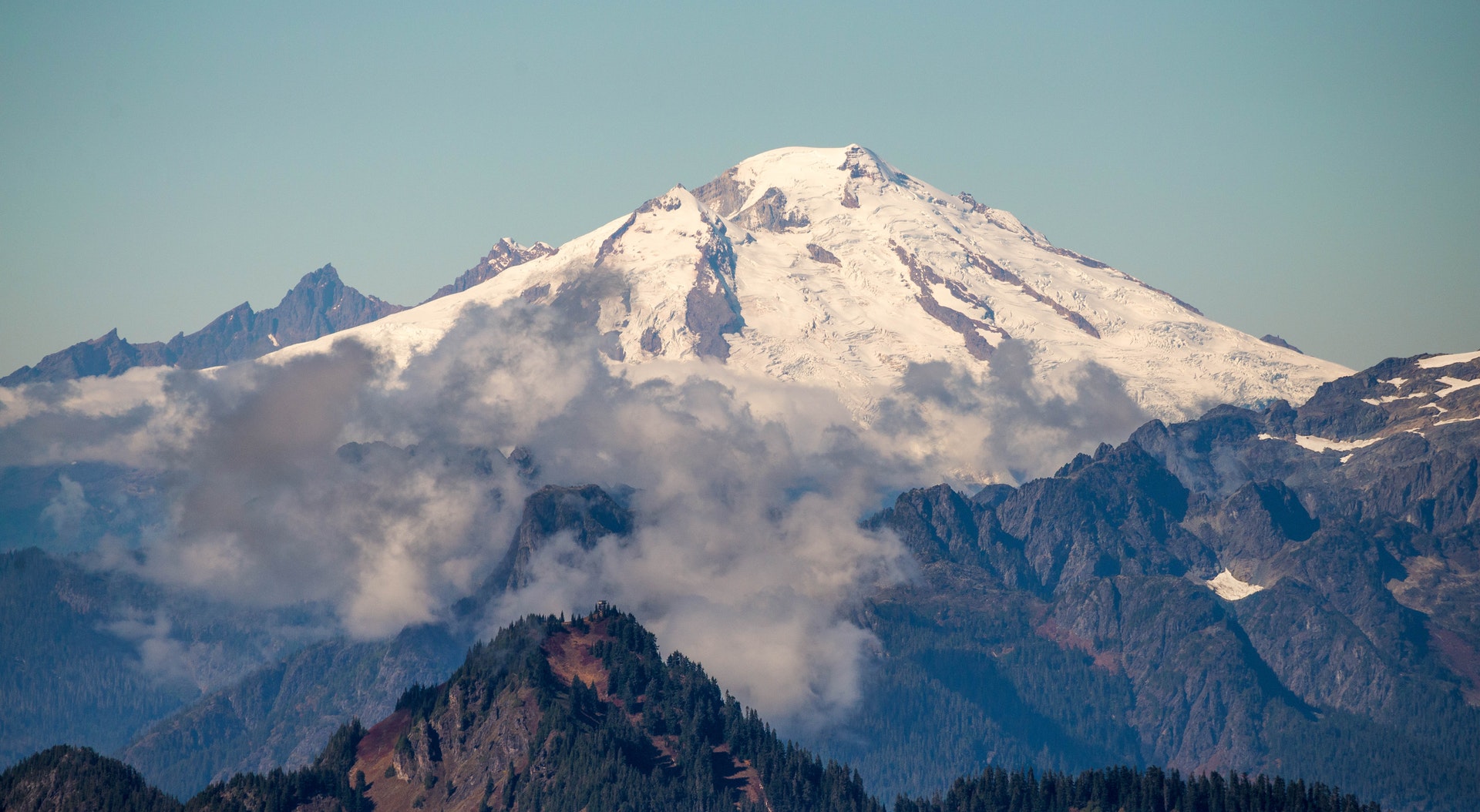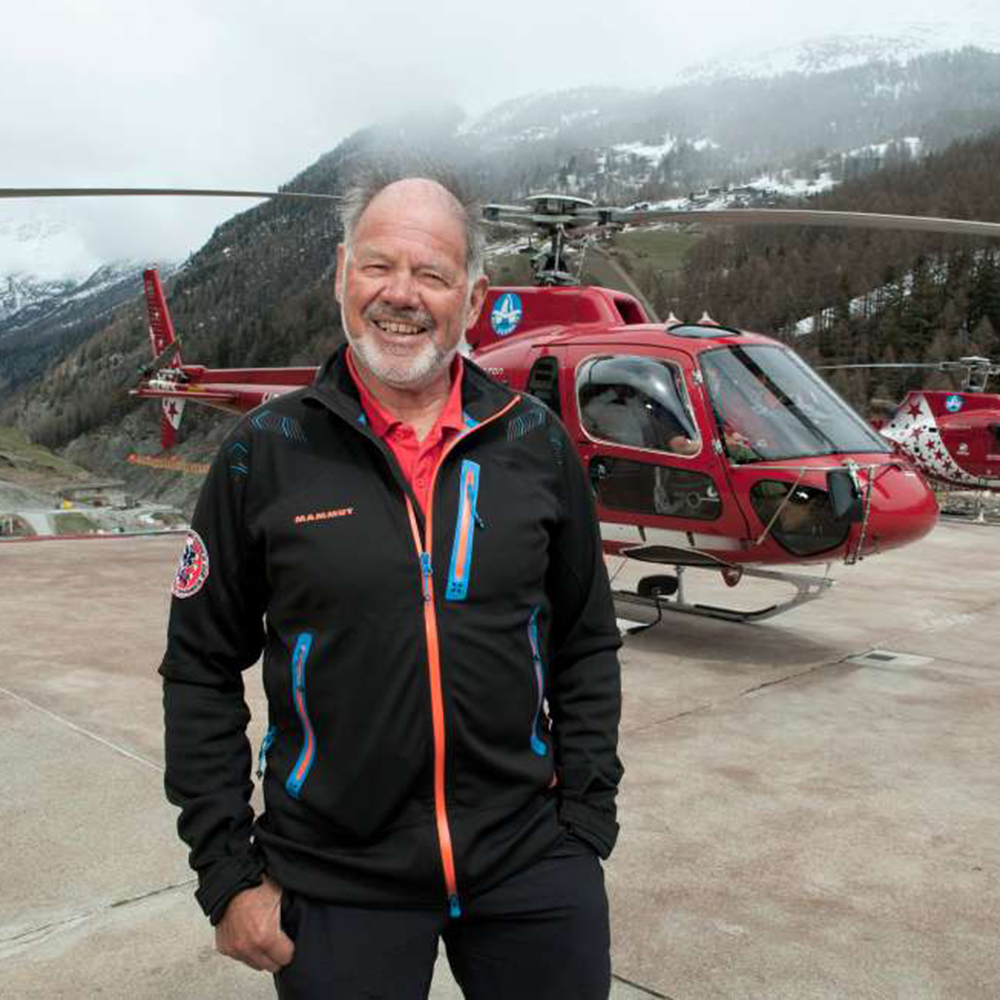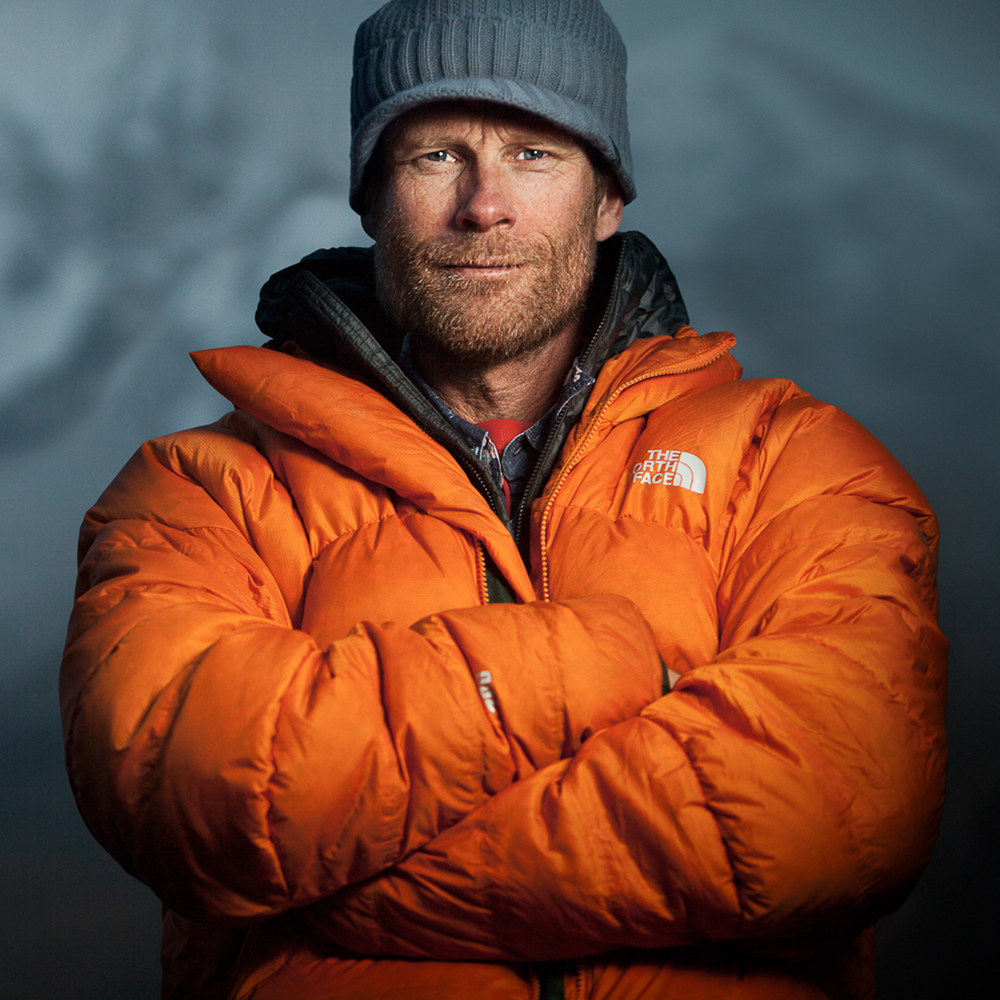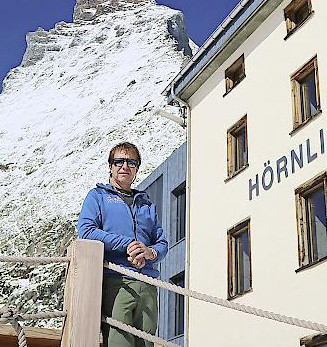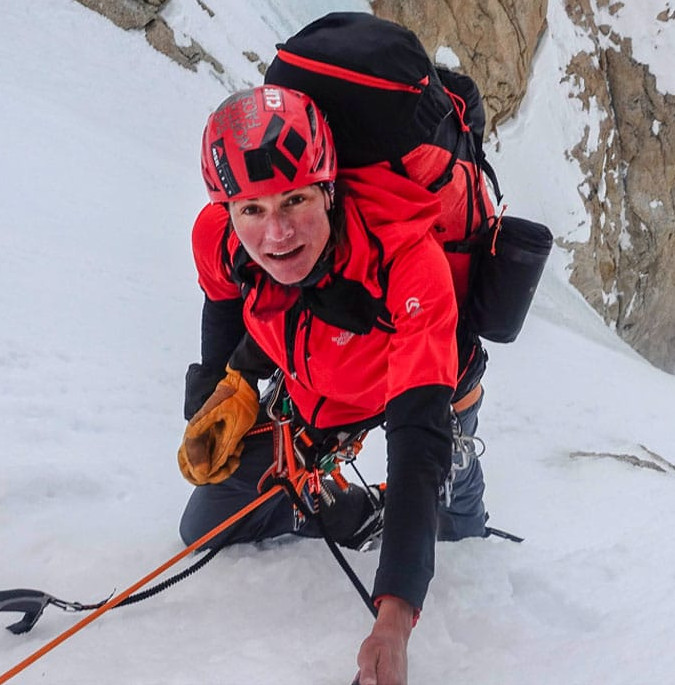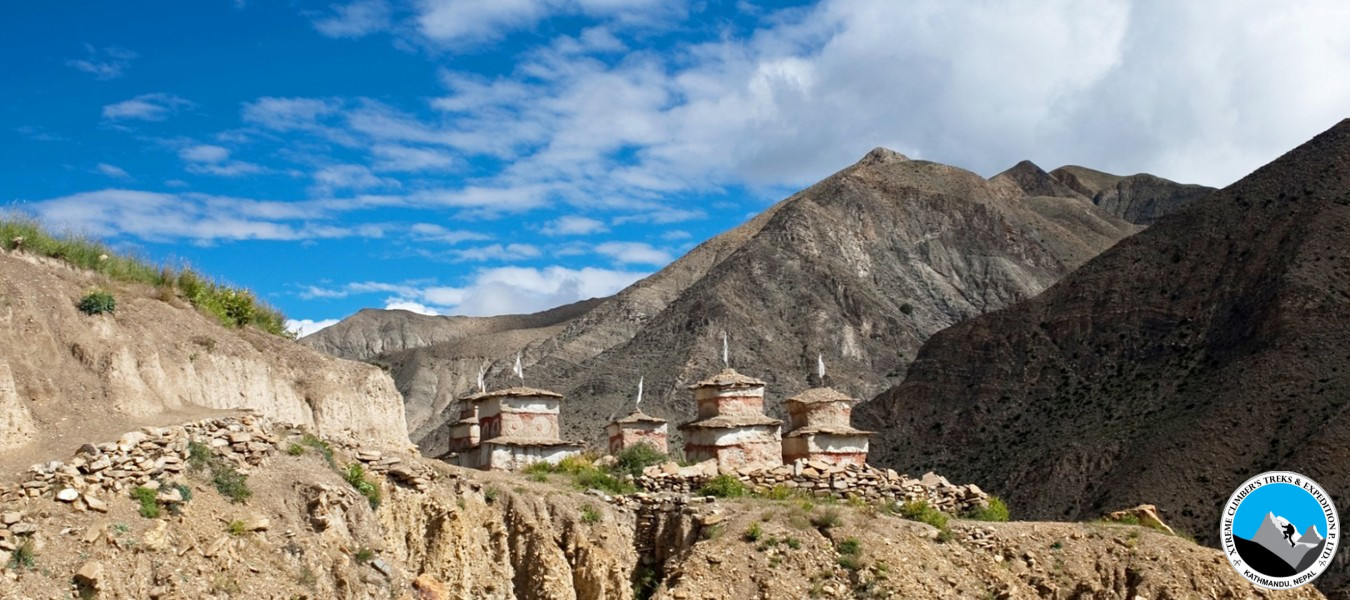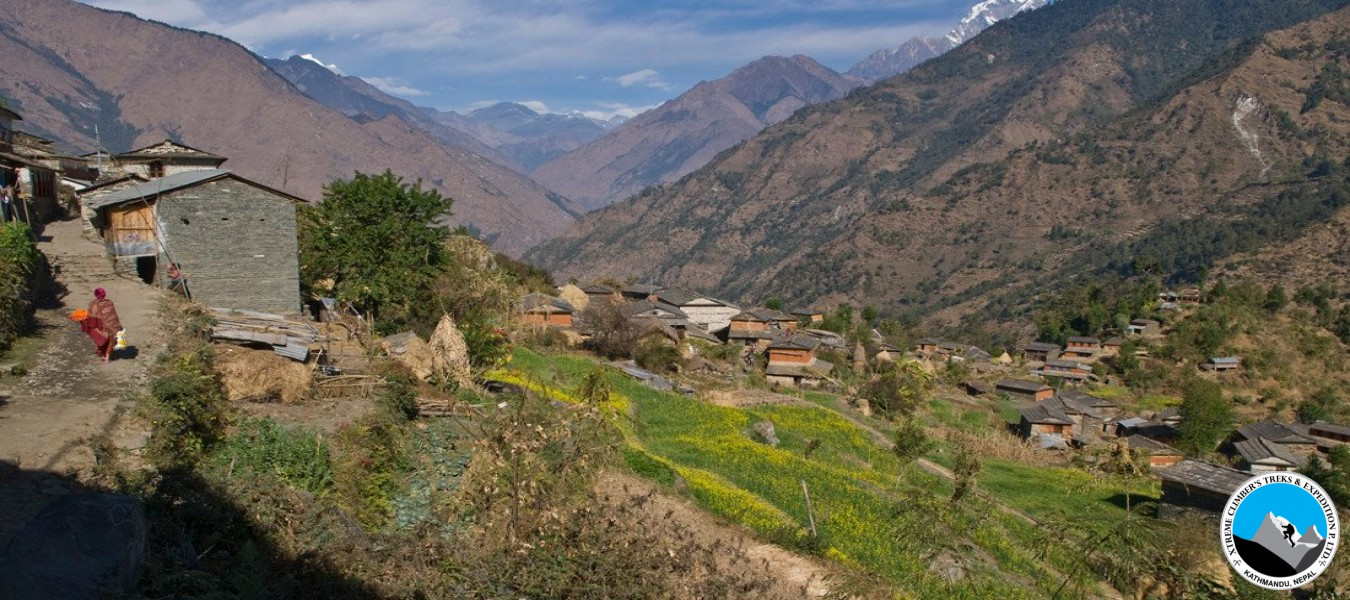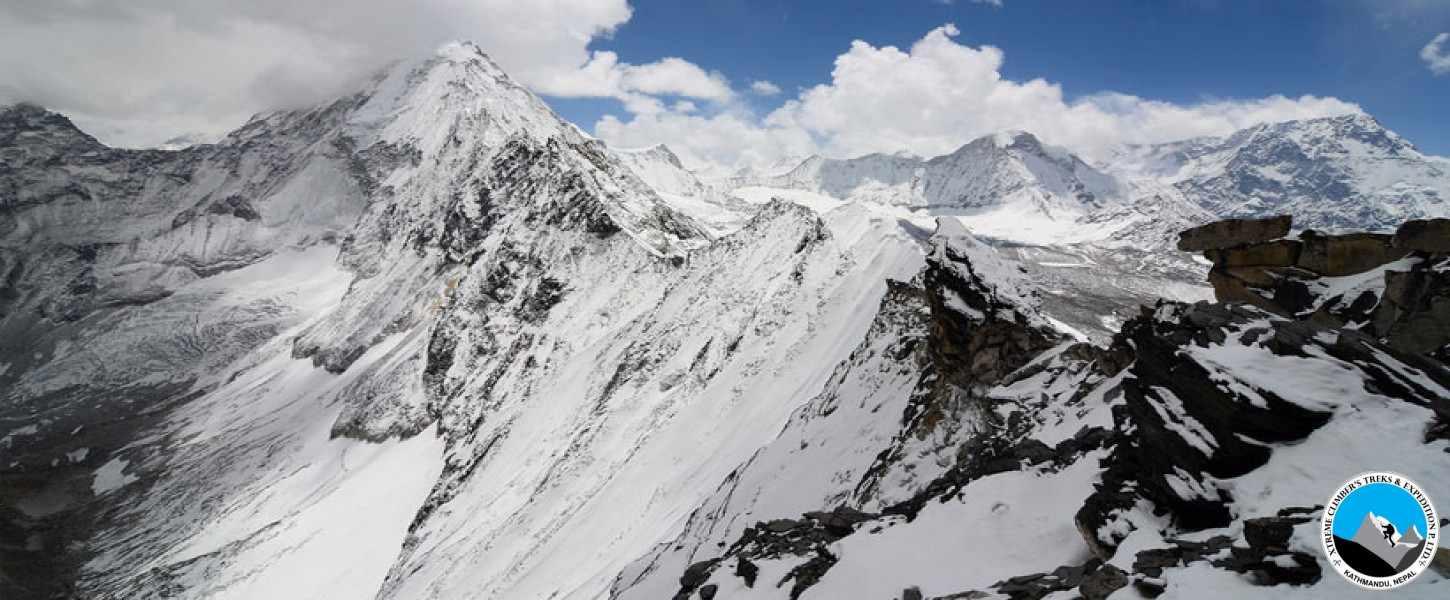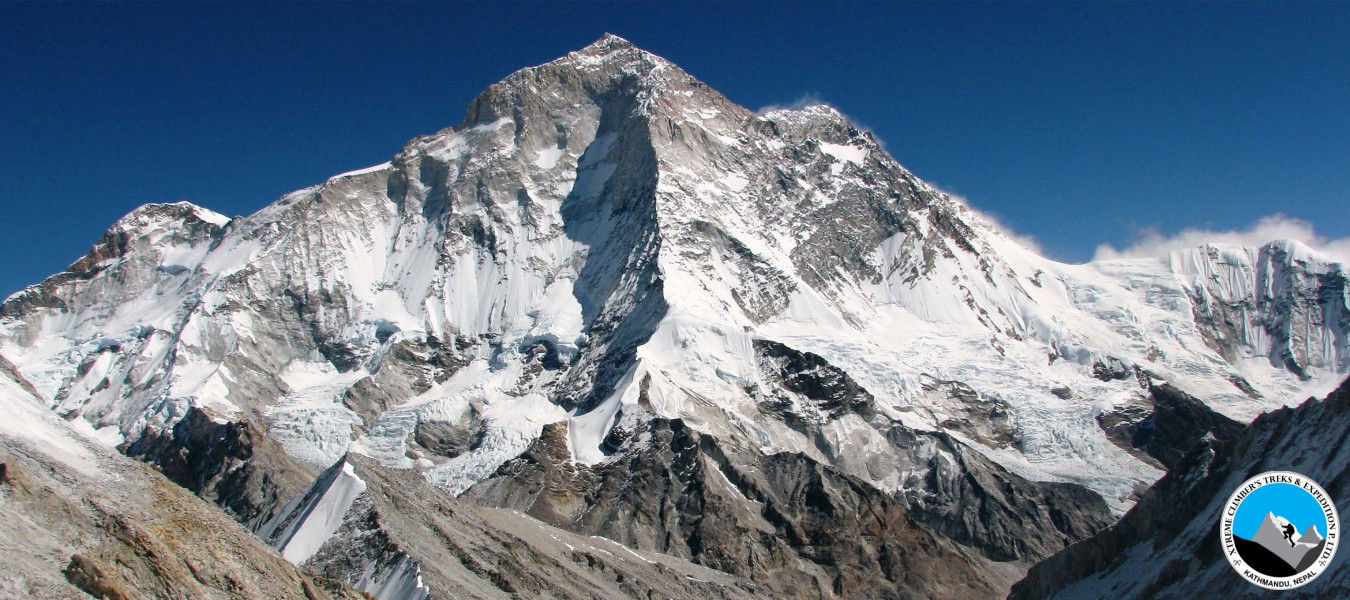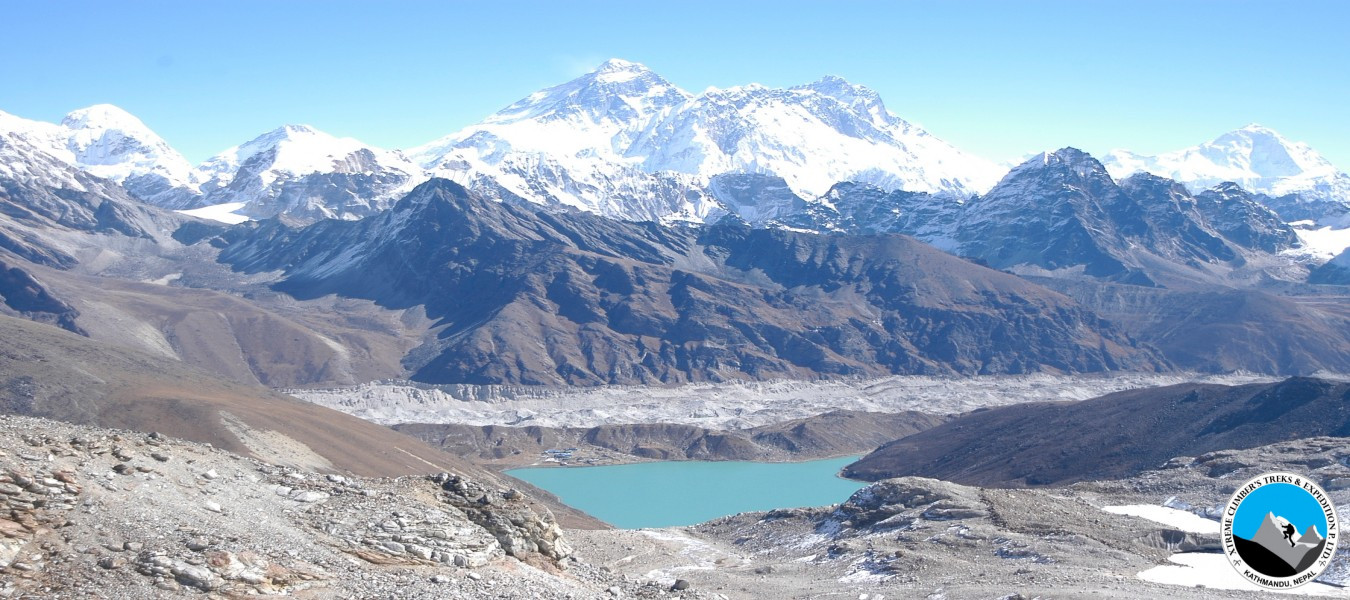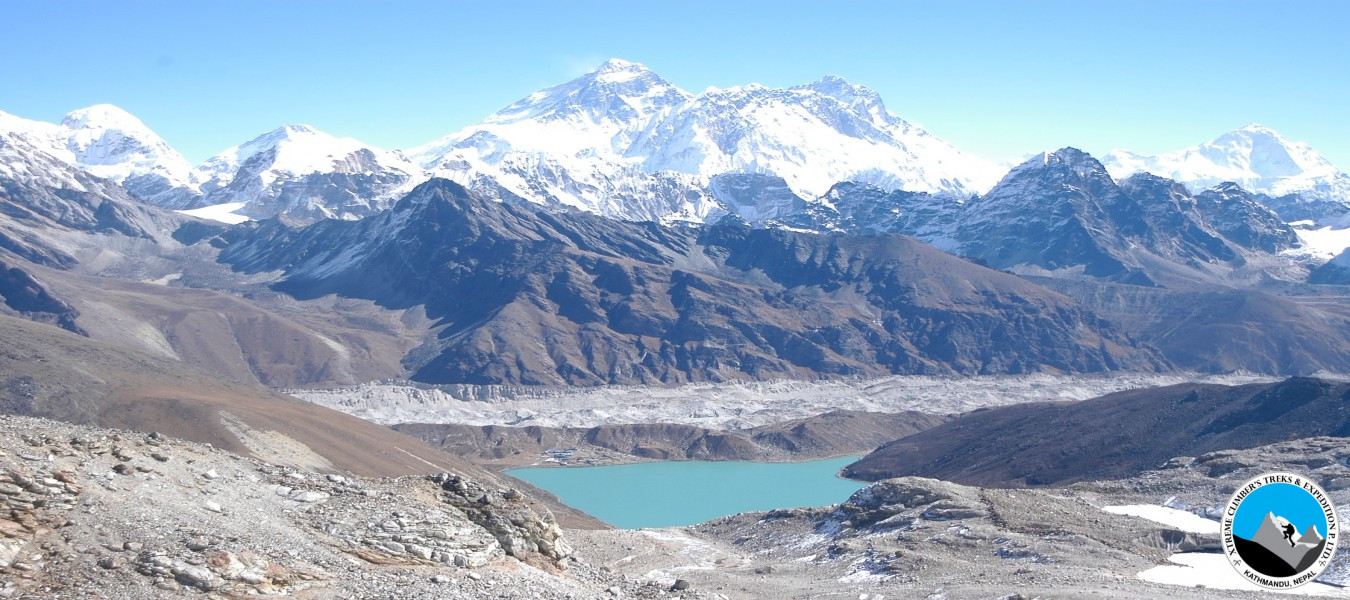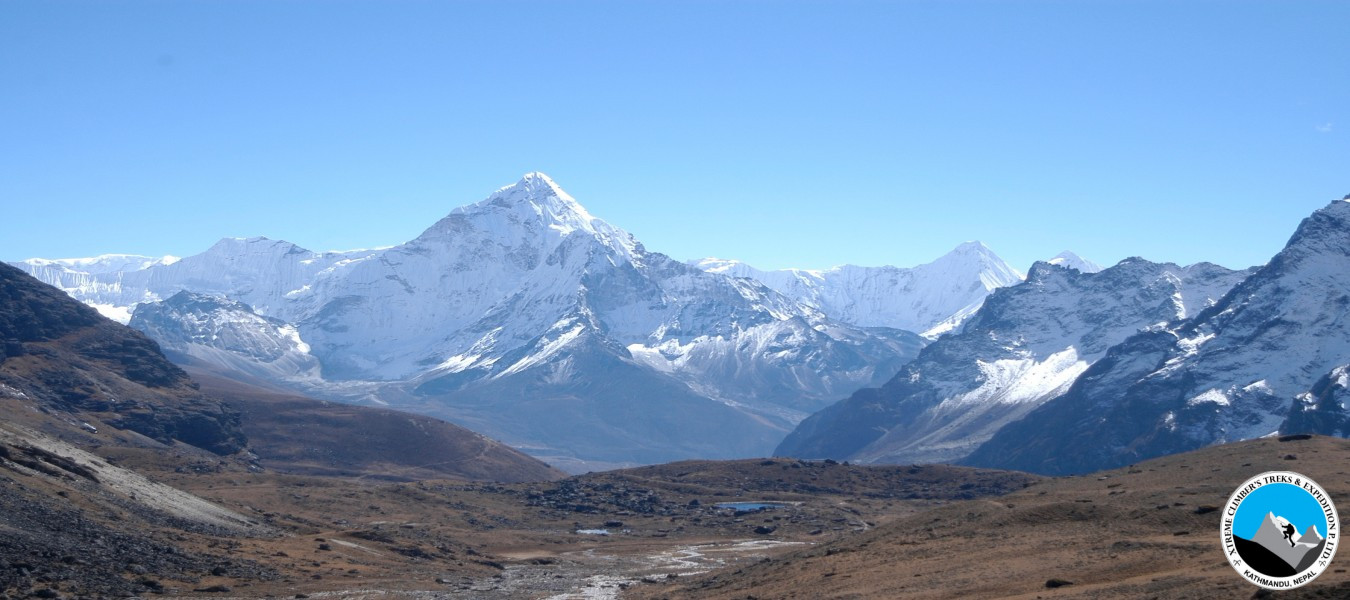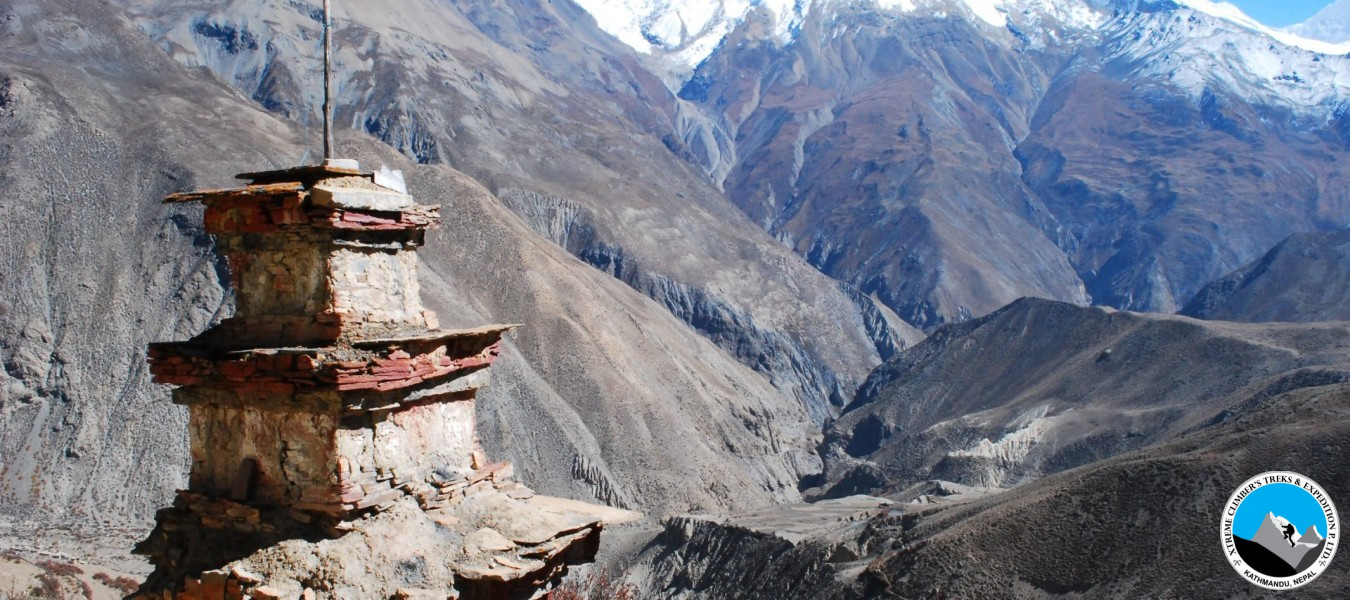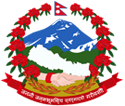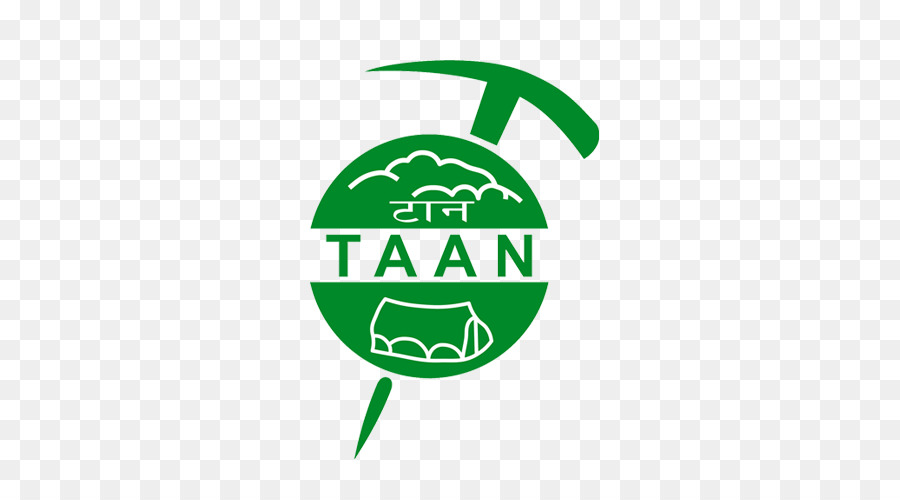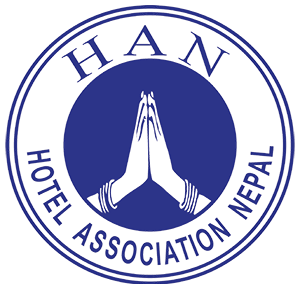An ideal trek for those who want to discover a hidden valley and trek off the beaten trail.Challenging high passes mean that you do need to be fit. A fantastic experience in a natural and unexplored part of Nepal positioned in the remote corner of the Annapurna region. The trek begins from Besisahar. The Nar and Phu Valleys only opened for visitors in 2002. This is exotic terrain that offers medieval Tibetan culture in a pristine and almost untouched form.There are some spectacular mountain views and great alpine scenery, Tilicho lake and the surrounding geography near the end of the trek only helps to make this trek more amazing for those adventurers who are in search of a real Shangri-La. The trail passes through the Challenging high passes, Kangla pass (5322m) and Tilicho Pass or Mesokanto La pass (5360m) both offer fantastic views of the Annapurna massif, Lamjung Himal, Manaslu Himal, the Dhaulagiri range and Tilicho peak. After travelling through the unique Nar Phu valley, we return to Manang, a beautiful village on the Annapurna trail,then continue the trek to Tilicho Lake,the highest lake in the world, followed by the onward trekking toEstern pass and Mesokanto La before reaching Jomsom.
Mt. Manaslu (8163m) is the 8th highest peak in the world and is a well-loved and most delightful trekking route, providing with pristine mountain views, rich culture and genuine adventure sum up the trek experience. The name Manaslu means "The Spirit-Mountain" in the local tongue, referring to the benevolent and strong deity. This region of Nepal sees few trekkers, which makes a visit here more exclusive and unspoiled. Manaslu trekking has been open since 1991; it provides spectacular beauty along the border of Nepal and Tibet. Mt. Manaslu is located east of the Annapurna range. We can extend this trek with Tsum Valley trek. Manaslu incomparable beauty and rich blend of Tibetan and Nepalese culture offer a true adventure for visitors to Nepal. Here you will find the mountains and valleys covered with diverse and pristine ecosystems. Fantastic Mountain views, rich culture. Manaslu Larkya La Pass Circuit part of trekking area is known as part of really Nepalese lifestyle and their way of living. Manaslu Larkya La Pass Trek becomes attraction these days for the trekkers. Many trekkers would like to trek this part. These days, tea house has been building. You can do camping trek as well as tea house trek. If you do tea house trekking, there is simple accommodation and foods are Nepalese dishes. The Manaslu Larkya La Pass Circuit Trek offers a perfect combination of rich culture heritage, unsurpassed Himalayan beauty, and a rich mountain biological diversity. Manaslu Larkya La pass Circuit trekking is adventure trek and requires a good experience of trekking and a good physical condition. The trek ascends follow Buri Gandaki River to Larkya La Pass 5135m with attractive views of Himalchuli (7893m.), Manaslu 8163 m, Ganesh Himal, Ngadi Chuli (7879m) or (peak 29) and other mountains, beautiful varied landscape and different flora and fauna.
Mesokanto La pass alternative route of the Thorong La Pass trek. It is unique and wilderness trekking trail from Manang village to Jomsom in Annapurna region trek. The trails pass through the famous lake Tilicho which is highest point lake in the world altitude 4920 meters high. Tilicho pass is also known as Mesokanto la pass 5360 meter. which offer beautiful Himalayan views of Mount Manaslu 8163 m, Mount Dhaulagiri 8167m, Mount Annapurna I. 8091m & other 19 snow capped mountains of Annapurna region.
This trek is an exciting and beautiful route, is very technical, particularly the downhill section from the Mesokanto-La pass, and we do not recommend it for beginners, but with views of peaks at over 8000 meters and a variety of landscapes, plants and animals, it is well worth the effort. ). It was for long almost totally closed save for a few climbers and expeditions, and since 1974, when Nixon changed the China policy, part of the area above Thini on the Jomsom side became a totally off-limits military area.
